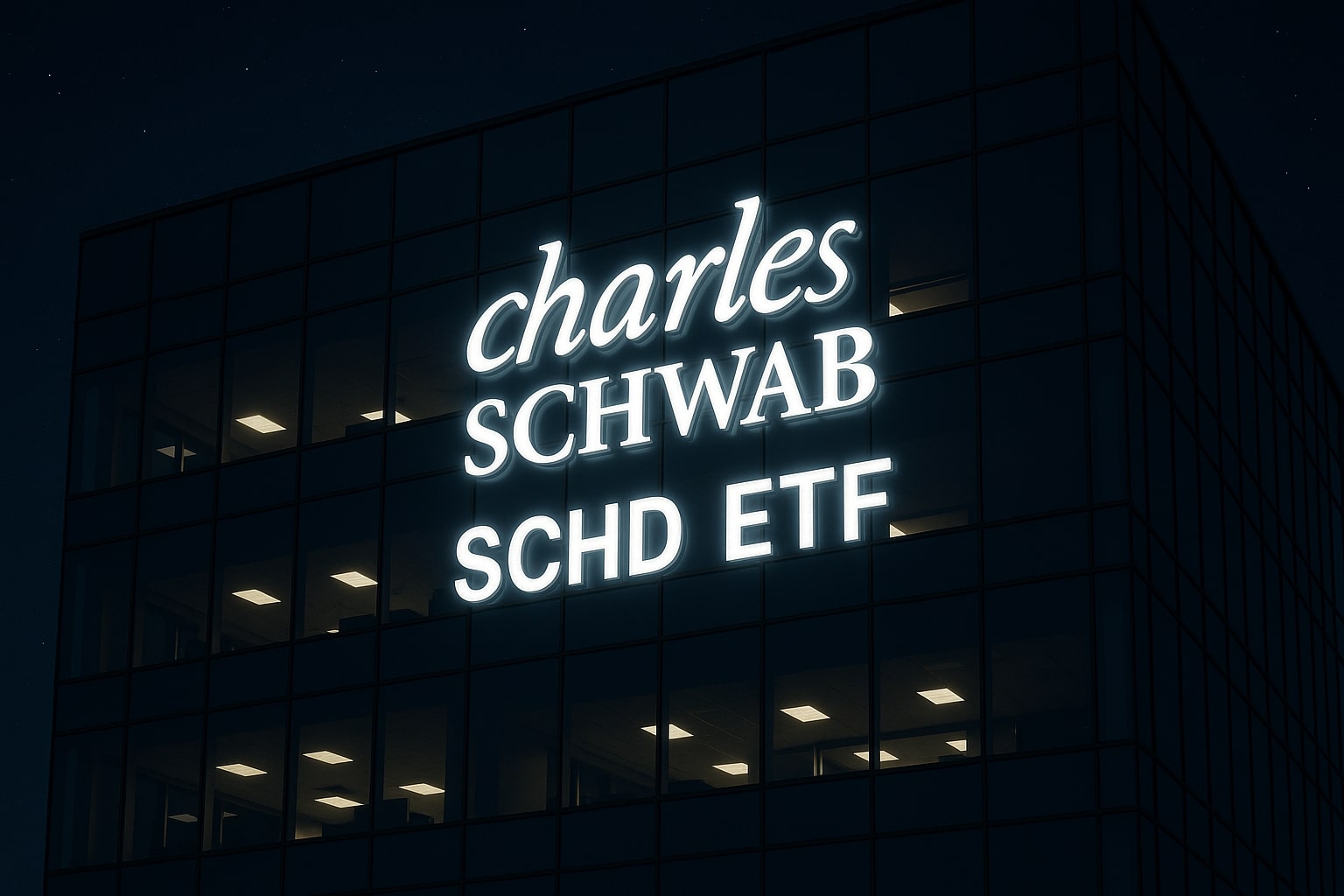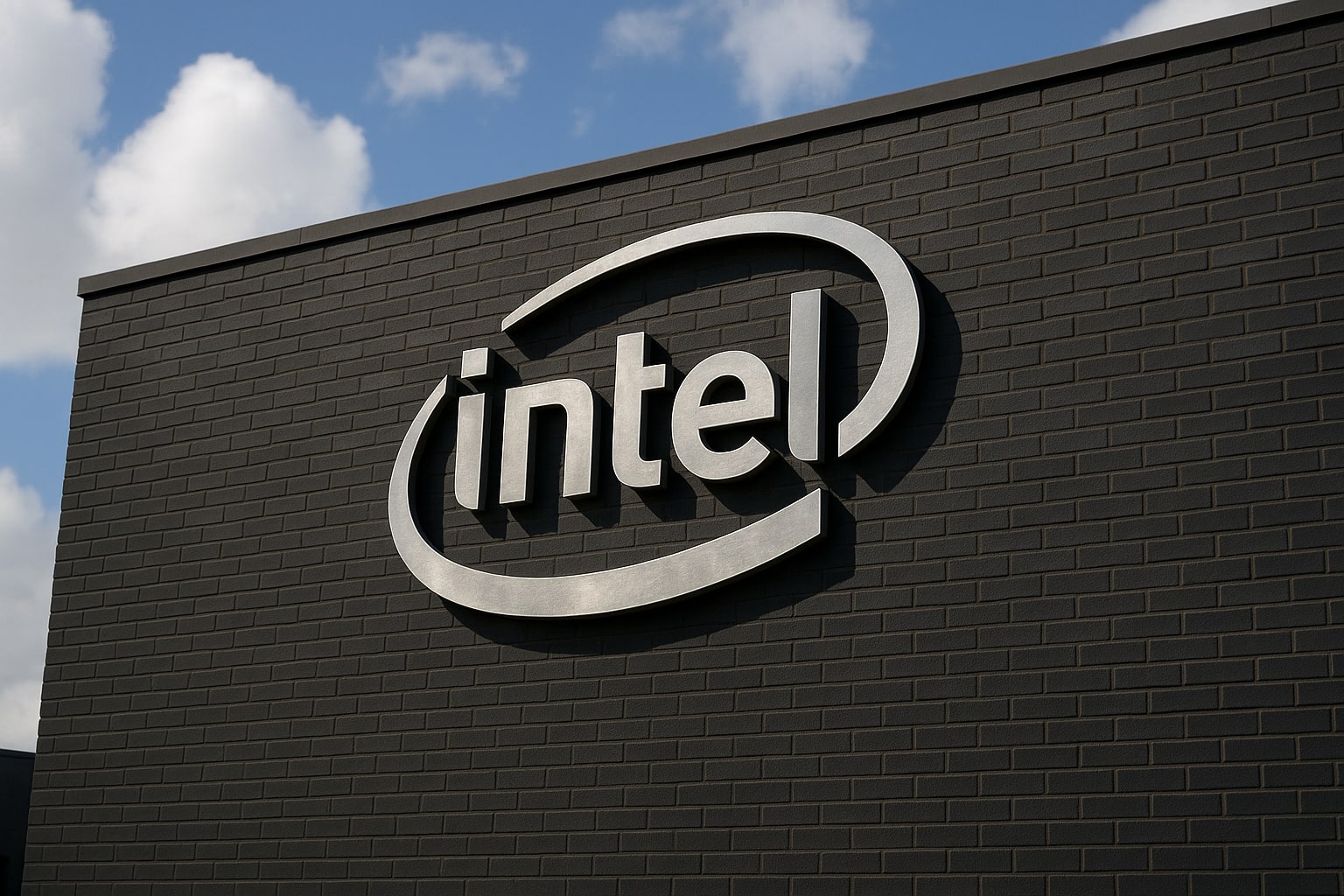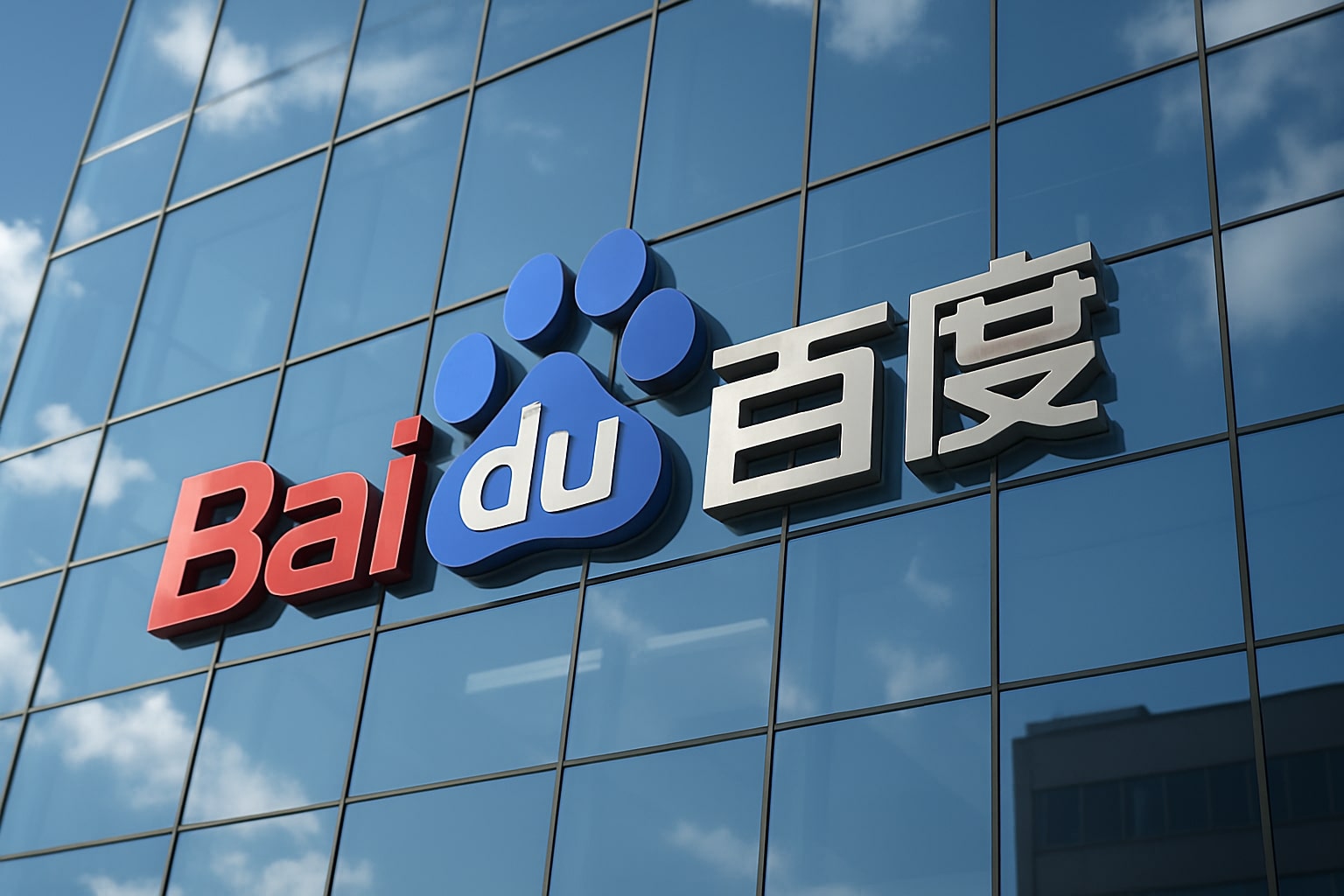
Apple Stock Price Forecast - AAPL Shares Climbs to $270.87 After Record Quarter but Faces Growth Fatigue
Despite $27.47B net income, strong Services growth (+15%), and a vast $3.99T valuation, Apple lags peers in AI and cloud, raising doubts about its premium 36.4x P/E | That's TradingNEWS
Apple (NASDAQ:AAPL) Faces Slowing Growth and Innovation Strain Despite Record Profits
Apple Inc. (NASDAQ:AAPL) is trading near $270.87, up 1.74% on the day, supported by a strong fiscal Q4 performance but weighed down by structural stagnation. The company posted $102.47 billion in quarterly revenue — a 7.9% YoY rise — and $27.47 billion in net income, translating to a 26.8% net margin. However, the growth curve tells a harsher truth: Apple’s pace lags peers in nearly every forward metric, and its premium valuation, with a P/E of 36.4x, stands increasingly disconnected from its fundamentals.
Record Earnings Mask a Plateau in Growth
Apple’s fiscal Q4 numbers broke past expectations with $1.85 EPS, a 12.8% YoY jump, marking its highest non-holiday quarter ever. The iPhone segment led with $49.03 billion, up 6.1% YoY, while Services revenue surged 15% to $28.75 billion, reflecting the strength of Apple TV+, News+, and its growing subscription ecosystem.
Yet, momentum is fading. Total revenue growth has hovered in the 6–8% range since 2023, far behind the double-digit trajectory of Microsoft (NASDAQ:MSFT) and Alphabet (NASDAQ:GOOGL). Apple’s EBITDA growth rate of 8.1% pales next to Microsoft’s 23%, Meta’s 26%, and NVIDIA’s (NASDAQ:NVDA) 54%, underscoring its transformation from a high-growth leader into a low-volatility defensive play.
Cash, Buybacks, and the Cost of Playing It Safe
Apple’s balance sheet remains unmatched — $132 billion in cash and marketable securities against $99 billion in debt, giving a net cash position of $34 billion. However, its capital allocation strategy reveals a company prioritizing optics over expansion.
Over the last five years, Apple generated $573.9 billion in operating cash and allocated $451.6 billion to buybacks versus just $56.5 billion to CapEx. By comparison, Google spent $218.7 billion, Microsoft $186.1 billion, and Amazon (NASDAQ:AMZN) $381.1 billion on CapEx — directly fueling their AI and cloud dominance.
Apple’s cautious investment style produced only a 13.7% rise in revenue and a 7.1% increase in operating cash flow over four years. In the same period, Microsoft’s cash flow surged 65%, Google’s 65.2%, and Meta’s 84.5%. Apple’s stagnation is now visible in its free cash flow collapse — $18.53 billion, down 46.3% YoY, signaling operational fatigue under its record-breaking surface.
AI Hesitation and the Strategic Void
Apple’s reluctance to scale into AI and cloud infrastructure has created a widening competitive gap. The firm depends on Google Cloud and Amazon Web Services to run iCloud — paying tens of millions monthly to competitors dominating the very field Apple avoids entering.
Its introduction of Apple Intelligence, M5 chips, and A19 Pro processors aims to integrate on-device generative AI across the iPhone, iPad, and Mac ecosystem. Features such as real-time translation, adaptive Siri upgrades, and personalized content recommendations will roll out gradually in 2026. Yet, this belated effort lacks the infrastructure depth of Azure or Gemini AI, and Apple risks being a consumer-layer operator in a world run by enterprise AI systems.
Margins, Valuation, and Peer Disparity
Apple’s TTM net margin of 26.9% trails peers — Microsoft 36%, Meta 31%, Google 32%, and NVIDIA 53% — leaving it the least efficient among the “Magnificent Seven.” Despite this, AAPL trades at 30x forward 2027 earnings, compared with Google’s 21.8x and Microsoft’s 23.0x.
The company’s PEG ratio at 3.1x is the highest in the group, confirming investors are paying premium multiples for low growth. At a market cap of $3.99 trillion, Apple generates approximately $2.15 billion in weekly profit, but valuation elasticity is shrinking. Unless growth reaccelerates, the multiple is unsustainable.
China Headwinds and Global Exposure
Revenue from Greater China dropped to $14.49 billion from $15.03 billion YoY, reflecting soft consumer sentiment and rising competition from Huawei and Xiaomi. China contributes nearly 15% of Apple’s total revenue, making this weakness strategically critical.
Currency dynamics, however, offer relief. A weakening U.S. dollar — projected to fall another 10% in 2026 — supports Apple’s international earnings, as over 55% of revenue is generated abroad. Management expects 10–12% YoY growth next quarter, driven by seasonal demand and a weaker dollar tailwind, though execution risk remains high in Asia.
Technical View: Resistance Near $277, Support at $265
Apple’s stock shows a mature, extended uptrend with consolidation signals. The RSI near 64 suggests strength without euphoria, while candles flatten near resistance at $277.32, the yearly high. Key support sits at $265.00, then $259.60, where buyers historically re-emerge. A break below $260 could trigger a correction toward the $245–$250 region, aligning with the 100-day moving average.
Technically, NASDAQ:AAPL is stable but stretched. Momentum remains positive, yet upside potential appears capped unless new catalysts — specifically AI monetization or higher-margin service expansion — materialize.
Read More
-
SCHD ETF Price at $27: Can SCHD’s 4% Yield and 9.15% Dividend Growth Beat High-Yield Covered Call ETFs?
15.12.2025 · TradingNEWS ArchiveStocks
-
XRP ETFs Close on $1B Inflows as XRPI at $10.92 and XRPR at $15.52 Hit 52-Week Lows
15.12.2025 · TradingNEWS ArchiveCrypto
-
Natural Gas Price Forecast: NG=F Holds the $4 Floor as Oversupply Clashes with 2026 LNG Demand
15.12.2025 · TradingNEWS ArchiveCommodities
-
USD/JPY Price Forecast - Dollar to Yen At 155: Yen Strength Builds As BoJ Hike And NFP Collide
15.12.2025 · TradingNEWS ArchiveForex
Macro Conditions: A Favorable Backdrop, But Not a Catalyst
With inflation stabilizing around 3%, the U.S. unemployment rate at 4.5%, and Fed policy rates expected to decline in 2026, macro forces lean in Apple’s favor. A softer rate environment compresses yields, indirectly boosting high-multiple equities like Apple. However, slower global growth — especially under tariff volatility and U.S.–China trade friction — tempers upside enthusiasm.
Strategic Assessment and Market Sentiment
Apple’s positioning today reflects a paradox: operational excellence constrained by innovation inertia. The firm’s install base exceeding two billion devices provides unmatched pricing leverage, yet its CapEx conservatism erodes future optionality.
While competitors are embedding AI into enterprise platforms, Apple remains a consumer hardware powerhouse relying on incremental upgrades and user lock-in. This defensive posture sustains margins but limits long-term differentiation.
Final Outlook: Defensive Strength, Structural Stagnation
Apple’s Q4 success demonstrates its resilience, but the absence of transformational growth engines keeps it tethered to valuation risk. The company must accelerate its AI ecosystem beyond device-level integration to remain competitive in the next tech cycle.
Verdict:
-
Short-Term: Hold — range-bound between $265–$277, with limited catalysts.
-
Medium-Term: Sell bias — potential retracement toward $250 as valuation compresses.
-
Long-Term: Cautious Buy — contingent on AI and cloud execution within 12–18 months.
For real-time stock movements and technical levels, see Apple’s live chart.
Apple remains the world’s cash king, but in 2025, stability has become its own risk — a fortress company at risk of becoming its own moat.


















